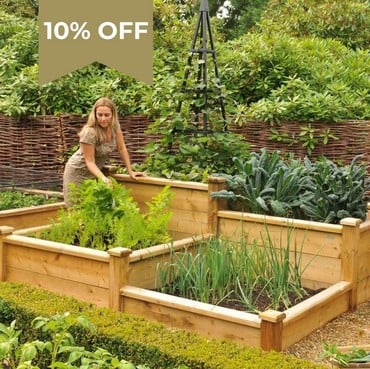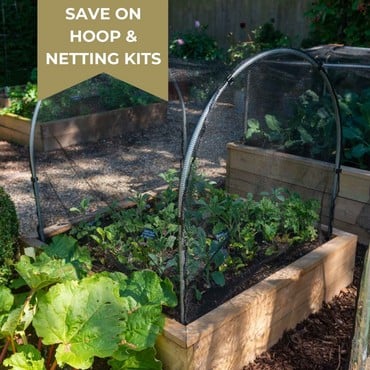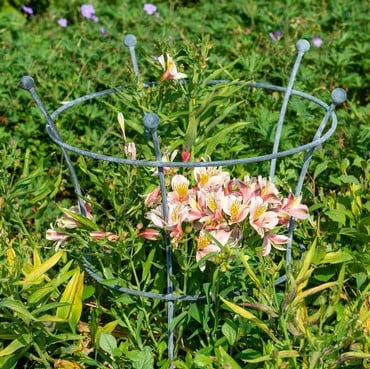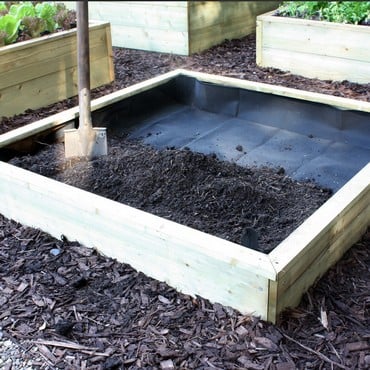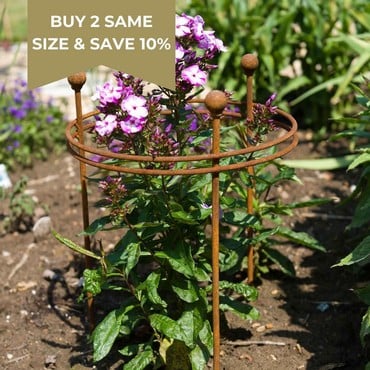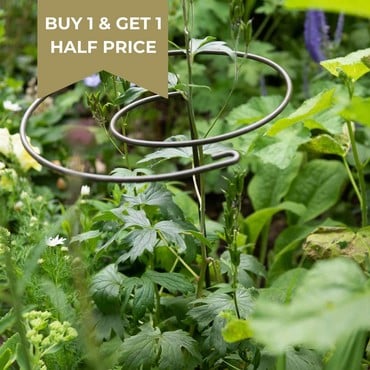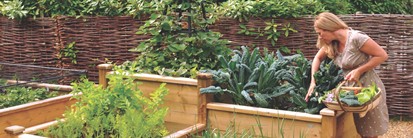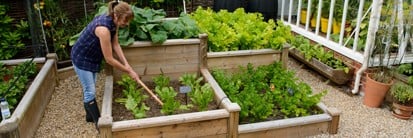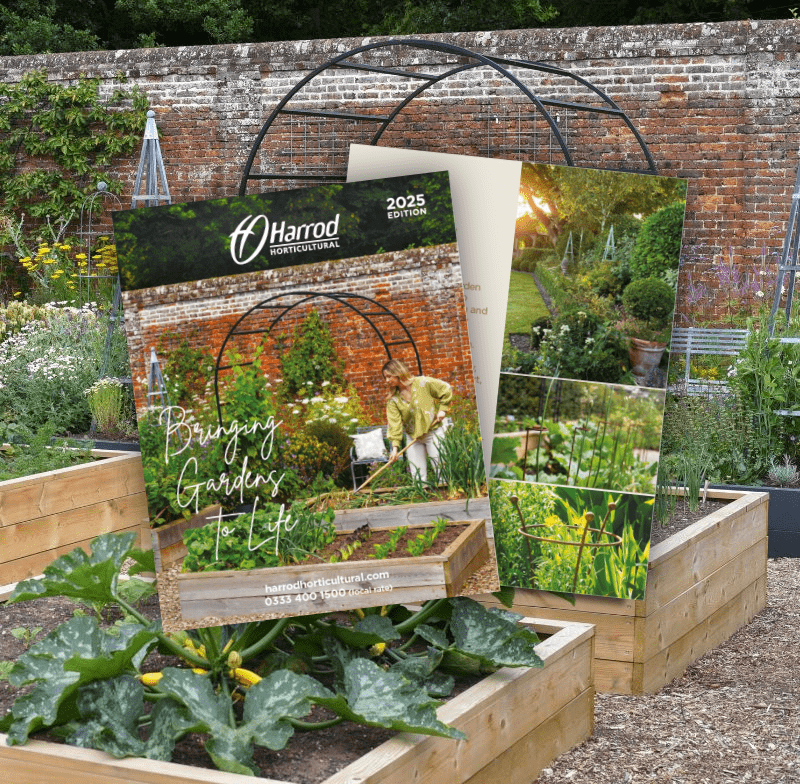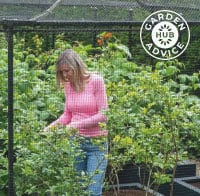Q&A with horticulturalist and content creator Michelle Jenkins on growing flowers, structure, and style in a UK garden.
Growing a cutting garden is one of the most satisfying ways to make the most of your outdoor space. From the first sowings of spring to armfuls of late-summer stems, raised beds can transform a plot - large or small - into a productive, beautiful place to spend time. We sat down with Michelle Jenkins to talk about raised beds, growing flowers for arranging, and the simple tweaks that make everyday gardening easier.
“Could you tell us a little about yourself and your outdoor space? How long have you been working on it, and what first inspired you to create it?”
I’m a horticulturist and content creator passionate about growing cut flowers and encouraging others to make the most of their outdoor spaces. My garden has gradually evolved into a productive and beautiful space that serves both as my creative outlet and a place to grow flowers for arranging and styling. I started developing it several years ago, transforming what was once a simple family garden into an ever-changing patch filled with seasonal colour and structure. My inspiration came from a love of English gardens - natural and slightly wild, yet thoughtfully designed for productivity.
Garden takeaway: You don’t need acres. Thoughtful structure, seasonal planting, and a plan for colour will make any space feel generous.
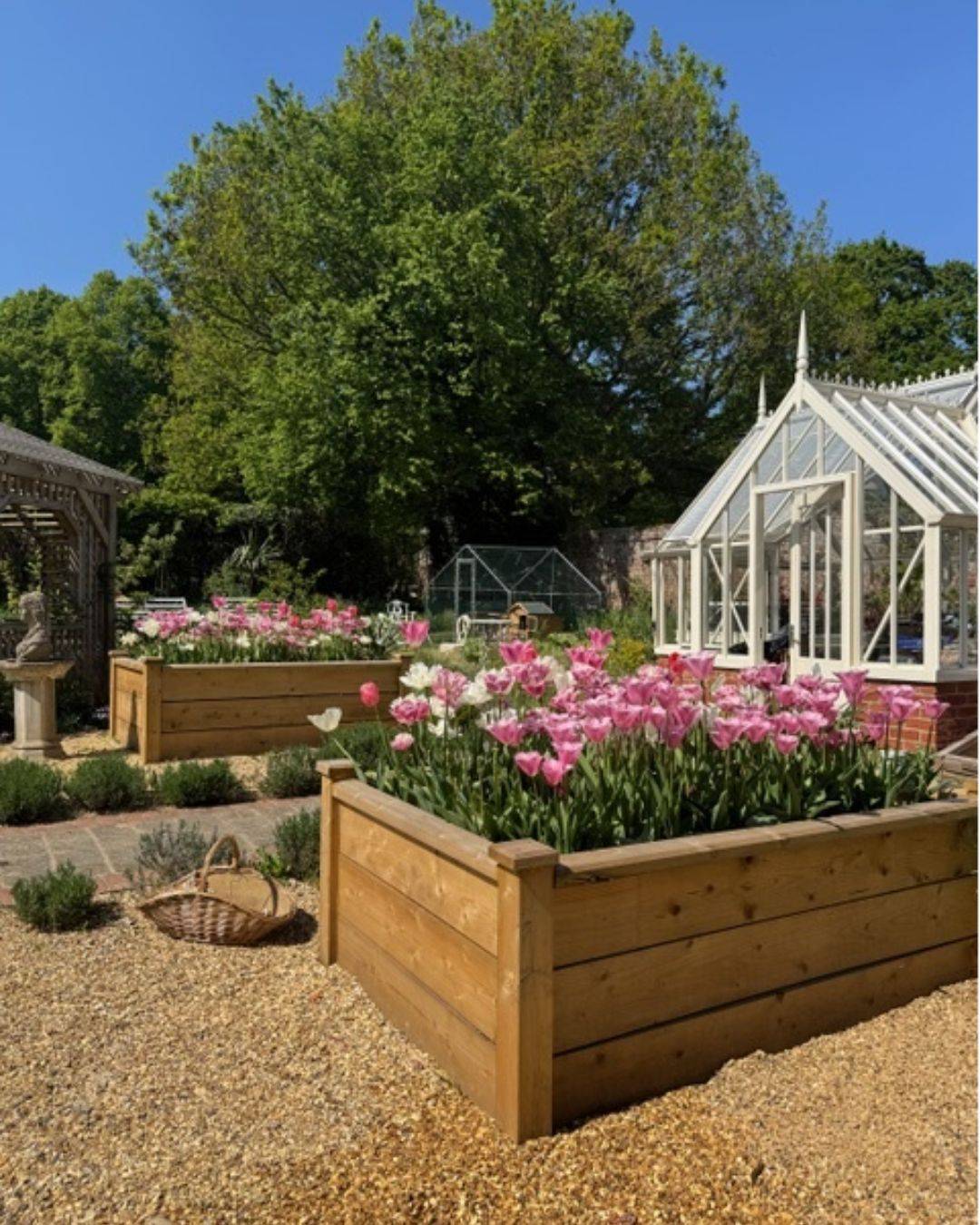
“How has your garden evolved during 2025, and do you have any exciting plans or projects coming up?”
This year has been all about refining the growing spaces and improving the structure of the garden. I’ve added the raised beds, improved pathways, and introduced areas dedicated to drying and arranging flowers. I’m always trialling new varieties and companion planting combinations. Looking ahead, I’m planning to expand the cut flower area even further, with more perennial planting to balance productivity with beauty. I’m also working on creating content that helps others grow flowers at home, no matter the size of their space.
Planning tip: Map your beds in winter and list key successions (spring bulbs → hardy annuals → late perennials). You’ll keep colour and vases full for longer.
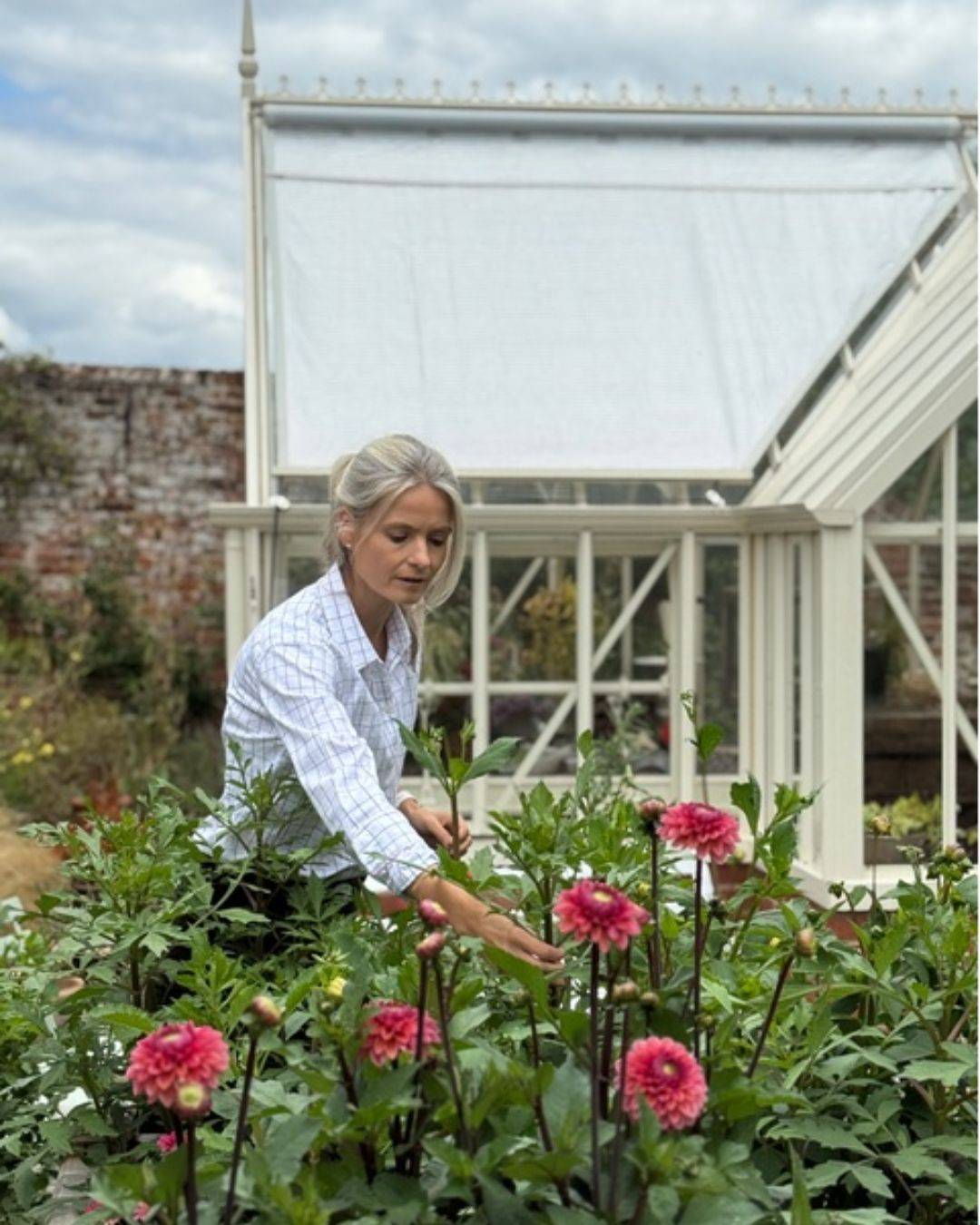
“What do you enjoy most about spending time outdoors?”
For me, gardening is a form of calm and creativity rolled into one. I love the rhythm of the seasons - there’s always something new to look forward to, whether it’s sowing, planting, or harvesting. Being outdoors also connects me to nature in such a grounding way; it’s where I find my best ideas and where I feel most at ease.
“You’ve been using the Superior Wooden Raised Beds – how do they fit into your garden day‑to‑day, and what difference have they made?”
The Superior Wooden Raised Beds have become a real focal point in front of my greenhouse. They’re incredibly practical, offering excellent depth for bulbs and annuals while keeping the area neat and structured. Day to day, they make planting and maintenance so much easier - especially when you’re working on your knees for hours at a time! They’ve also helped improve drainage and soil health, which is so important for long‑term growing success. Plus, they look beautiful: smart, timeless, and perfectly in keeping with a traditional English garden aesthetic.
Why raised beds? Better drainage, quicker soil warming in spring, fewer compaction issues, and easier access for weeding, staking, and picking.
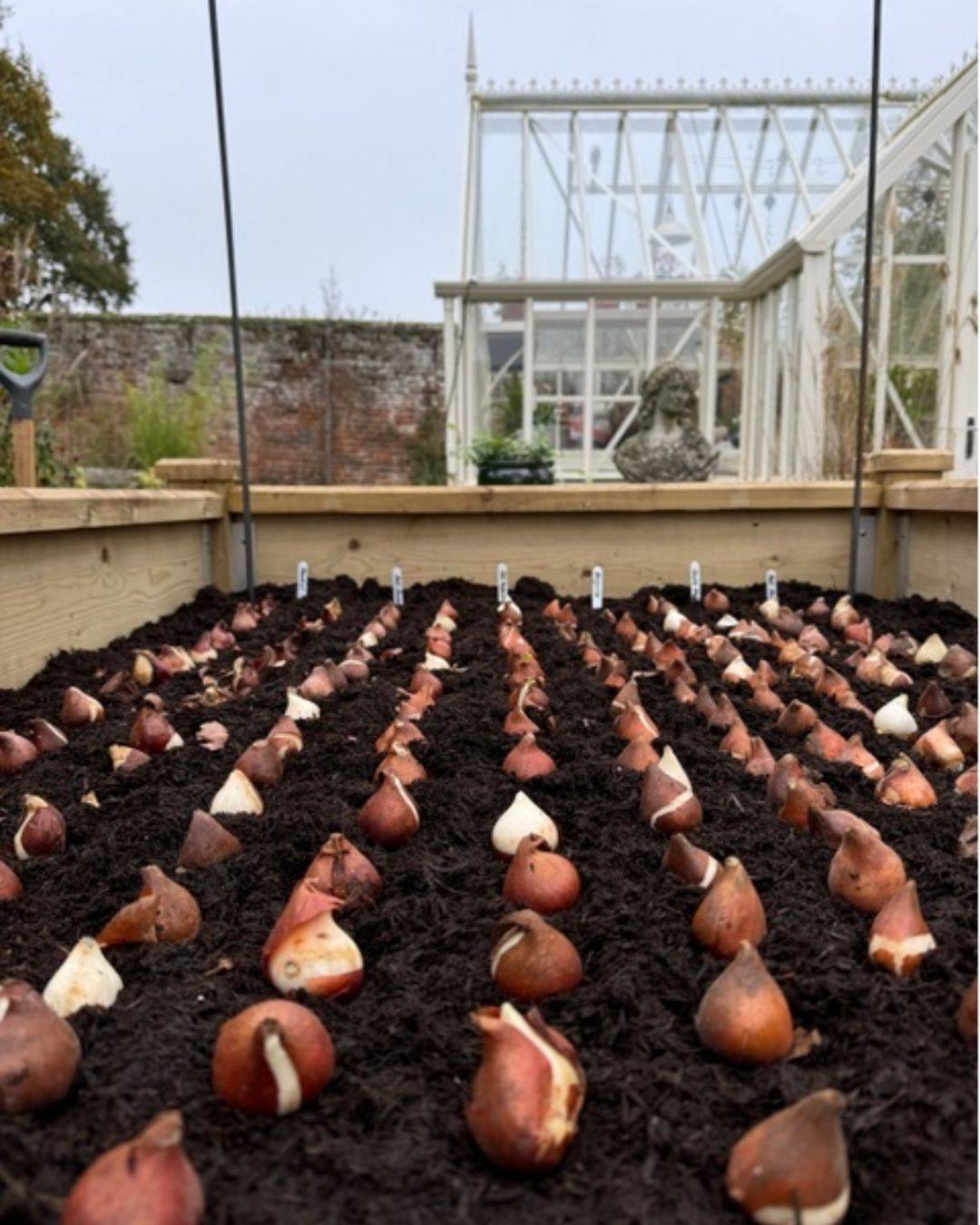
“What made you choose the Superior Wooden Raised Beds, and would you recommend them to other gardeners?”
I chose them for both their quality and design. They’re beautifully made, sturdy, and weather well - a real investment piece for any serious gardener. The addition of the cage frames and nets has been invaluable for protecting bulbs and young plants from wildlife, without compromising on style. I would absolutely recommend them; they’re a brilliant choice for anyone looking to combine practicality with elegance in their garden.
“Do you have any tips for others considering Superior Wooden Raised Beds in their garden?”
Placement & access: Choose a sunny spot and leave room to reach comfortably from all sides.
Protection from the start: If you’re growing bulbs or crops that need protection, add the cages and nets early; they’re easy to assemble and save frustration later on.
Soil recipe: Fill with a mix of quality topsoil and garden compost to create a rich, free‑draining medium. Investing in good soil from day one pays dividends in growth and productivity.
Watering habits: Install a simple soaker hose or water in the morning to reduce evaporation.
Succession planting: As one crop fades, have the next ready - ideal for keeping a cutting garden productive.
“Finally, what advice would you give to someone just starting out on their growing journey?”
Plant what you love and enjoy the process. You don’t need a large space to experience the joy of growing a cutting garden - even a couple of raised beds can provide flowers, herbs, or vegetables throughout the seasons. Observe what works (and what doesn’t), and don’t be afraid to experiment. Gardening is a journey of learning and patience, but it’s endlessly rewarding when you see your hard work come to life.
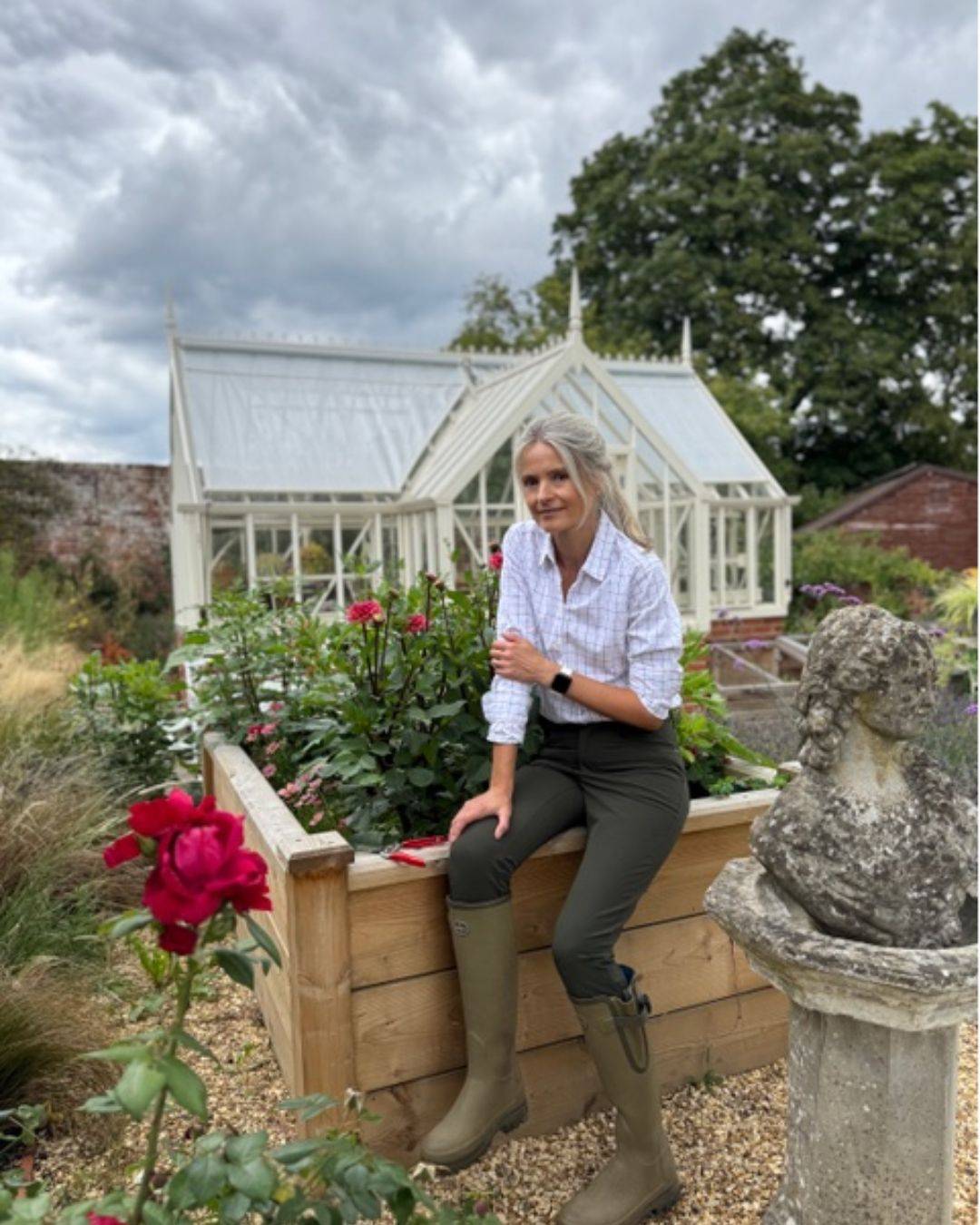
Quick‑Start Guide: Growing a Cutting Garden in Raised Beds
1) Start with structure
Lay out beds 1.2m wide for comfortable reach; use paths you can wheel a barrow down.
2) Build your soil
Layer topsoil, compost, and a little well‑rotted manure; mulch each autumn to keep moisture and improve fertility.
3) Sow for seasons
- Spring: tulips, narcissi, wallflowers.
- Early summer: sweet peas, cornflowers, nigella.
- High summer: zinnias, cosmos, dahlias.
- Autumn: rudbeckia, asters, grasses for texture.
4) Support smartly
Use frames and soft ties for tall stems; net low crops against pests without blocking pollinators.
5) Pick, condition, repeat
Harvest in the cool of the morning, strip lower foliage, and condition stems in deep water for long‑lasting arrangements.
A huge thank you to Michelle for sharing her knowledge and offering some great tips and advice. You can find out more about Michelle's love of flowers, her workshops along with advice and growing guides on her beautiful website https://www.florians.co.uk/. Follow Michelle's gardening journey across socials for all the latest updates in her stunning garden:






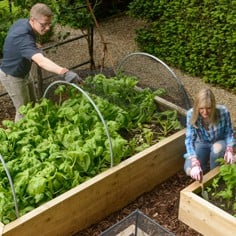



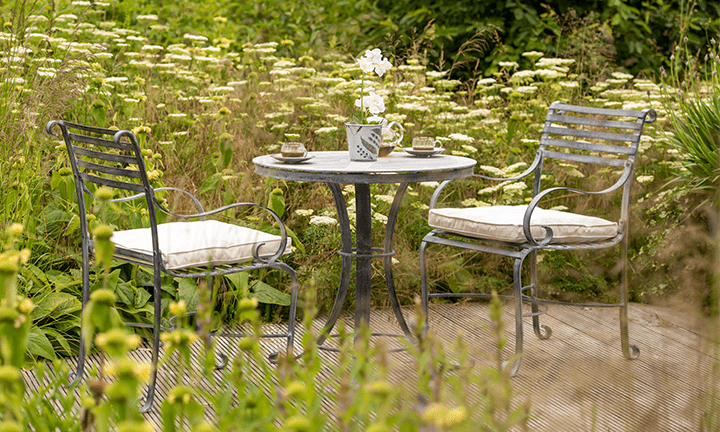
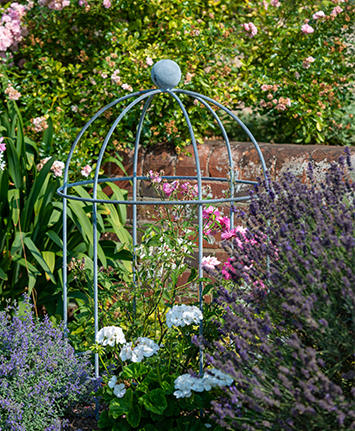
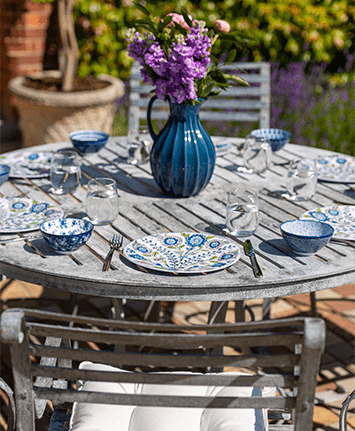










 View TickTock
View TickTock